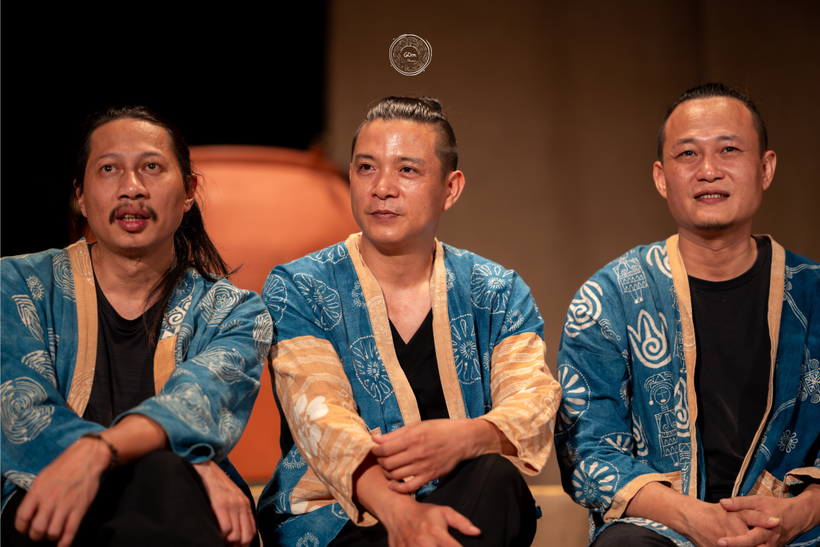
It was a very long journey, containing the effort of searching, approaching, and researching Vietnamese folk music , as well as the performance methods to make that music appear with a new image, touching the emotions of the contemporary audience, of the Dan Do group.
The Experimental Project “Dan Do” is how artists Nguyen Duc Minh, Nguyen Quang Su, and Dinh Anh Tuan named their journey. During that journey, they thoroughly researched bamboo - a tree that is extremely close to the material and spiritual life of Vietnamese people - to turn bamboo into musical instruments that convey Vietnamese music.
Thus, musical instruments made of bamboo appeared, such as the lute shaped like a fishing rod, or the water flute that uses water in a bamboo tube to create sound instead of air. And bamboo has created the music of the folklore regions in the northwest, the Central Highlands, and the northern delta...
Now, the “Dan Do” group has a new journey: searching for the music of the earth, from products formed on the pottery wheel, fired to become daily household items made of terracotta, porcelain, and ceramic of the Vietnamese people.
This new journey not only has 3 old members, but has invited 10 young artists to join. This is a good thing, not only because "if you want to go fast, go alone, if you want to go far, go together", but because the more people participate, the more successful the journey to bring Vietnamese music resounding with Vietnamese musical instruments to the world will be.
Clay is a very special musical material. A lump of clay that “cannot speak” looks very rough and uncouth, allowing people to crush and mold it as they please. However, after going through the process of tempering or “cultivating” with wood (crushing), with water (kneading, molding, stroking), with fire (baking), it makes music.
The process of music formation is the same, it must go through many steps of “cultivation” to turn an idea that appears from nothingness into music. Tap on a ceramic jar, a porcelain bowl or a ceramic vase, immediately different sounds appear. Those are the musical notes in the original form of ceramic.
The more I researched, the more I found that ceramics could create all kinds of musical tones. From the jar drum made from earthenware jars with the drum membrane made from automobile inner tubes, the bass's super low sound reverberated. The Lang drum, which looked like a lime pot with flat earthenware ears like sticky rice cakes attached around it, produced a warm, deep sound. The earthenware gong and bell made from earthenware jars and earthenware jars produced a high, clear sound....
The sound of pottery is classified as self-sounding, meaning that it has sound itself, just need to create an impact force on the pottery and the sound will resonate like flowing water and floating clouds. However, it is necessary to clearly understand the "dumb" or "non-dumb" state of pottery in order to find a way to shape the sound.
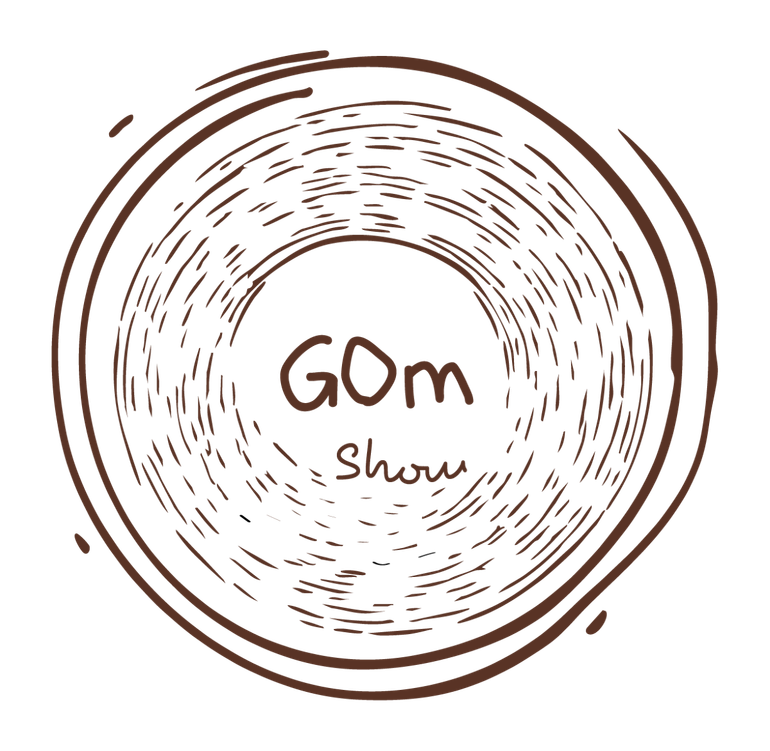
For example, with the gongs of the Central Highlands. If it were just a piece of bronze, it would not be able to create music. But when that piece of bronze is understood and shaped into sound-setting rings to create sound, then the piece of bronze transforms into a gong, into a cymbal.
The same goes for pottery, from something hard and solid, the artist must create musical rules to find musical notes. Once the mute key is unlocked, pottery becomes an instrument in itself with an incredibly beautiful sound. The earthenware jar has a clear resonance like the music falling from the sky, no longer a clumsy thing used only to hold water.
And then, the achievement of the journey to find the music of pottery came. That was the birth of musical instruments made from clay such as the zither, jar drum, earthenware gong, ceramic bell, Lang drum, rotating pottery… with the technique of using the artist’s hands to make the clay make sound.
Thanks to the hands that stroke the clay on the wheel, pottery is formed. Now, thanks to the hands that stroke, pat, and knock, the sounds of pottery escape silence and fly into space as light as silk threads. That transformation is truly miraculous, thanks to the hands, the clay has shape, quality, and even music.
Then, on a day at the end of June 2025, 9 musical conversations of pottery were held, resounding with the melodies of the H'mong, Tay, Nung Din, Lo Lo, Ha Nhi, M'nong, E De ethnic groups... in the musical space of the Opera House auditorium ( Hanoi ).

During that concert, many emotions were poured out. Vietnamese people were proud of Vietnamese music with foreign friends they brought to enjoy the music. Foreigners were overwhelmed and immersed in the pure Vietnamese sound.
Pride and amazement are just the shell of emotions, because the value of Vietnamese music is still the same, very innocent and pure, easy to touch and sensitive to human emotions. Only this time, they are played from new instruments, curious but also familiar because they are everyday objects.
This is the first step of GOm show. GOm here is the registration of pottery, but with the first 2 capitalized letters, the people who made pottery sing Vietnamese music expressed their wish that this journey (GO - English) would go further, longer, and more lasting.
Vietnamese materials such as bamboo, soil, and water have created the material civilization of the Vietnamese people, and now they convey Vietnamese music. That is the best way to introduce the beauty and spirit of Vietnam to the world. Because many Vietnamese people still feel their eyes moist when those sounds touch their emotions.
Source: https://nhandan.vn/gom-show-am-nhac-cua-gom-viet-post892880.html





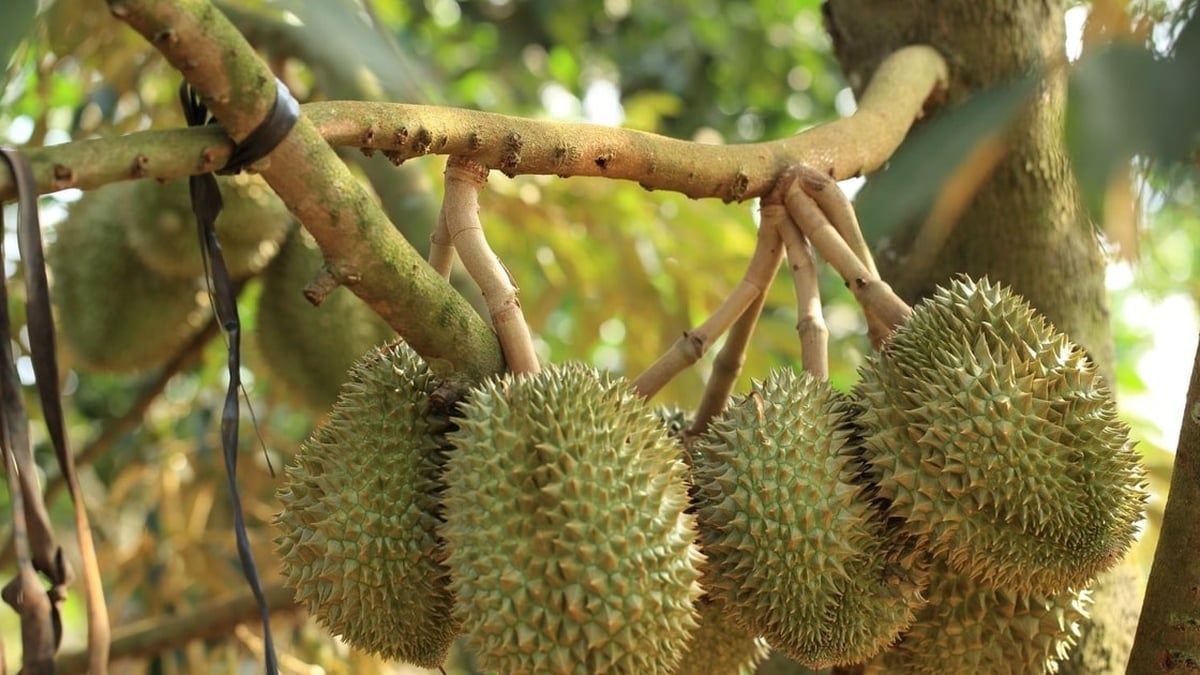

![[Photo] International community congratulates Vietnam on having more landscapes recognized as World Cultural Heritage](https://vphoto.vietnam.vn/thumb/1200x675/vietnam/resource/IMAGE/2025/7/13/58ec71f73ae644bfb5bab9c99043bb7d)













































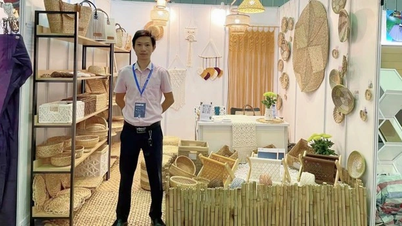








![[Photo] International community congratulates Vietnam on having more landscapes recognized as World Cultural Heritage](https://vphoto.vietnam.vn/thumb/402x226/vietnam/resource/IMAGE/2025/7/13/58ec71f73ae644bfb5bab9c99043bb7d)












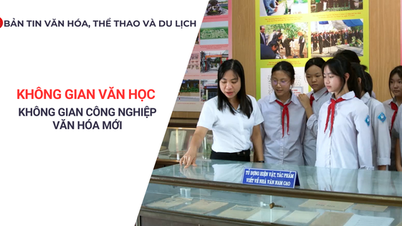

























Comment (0)